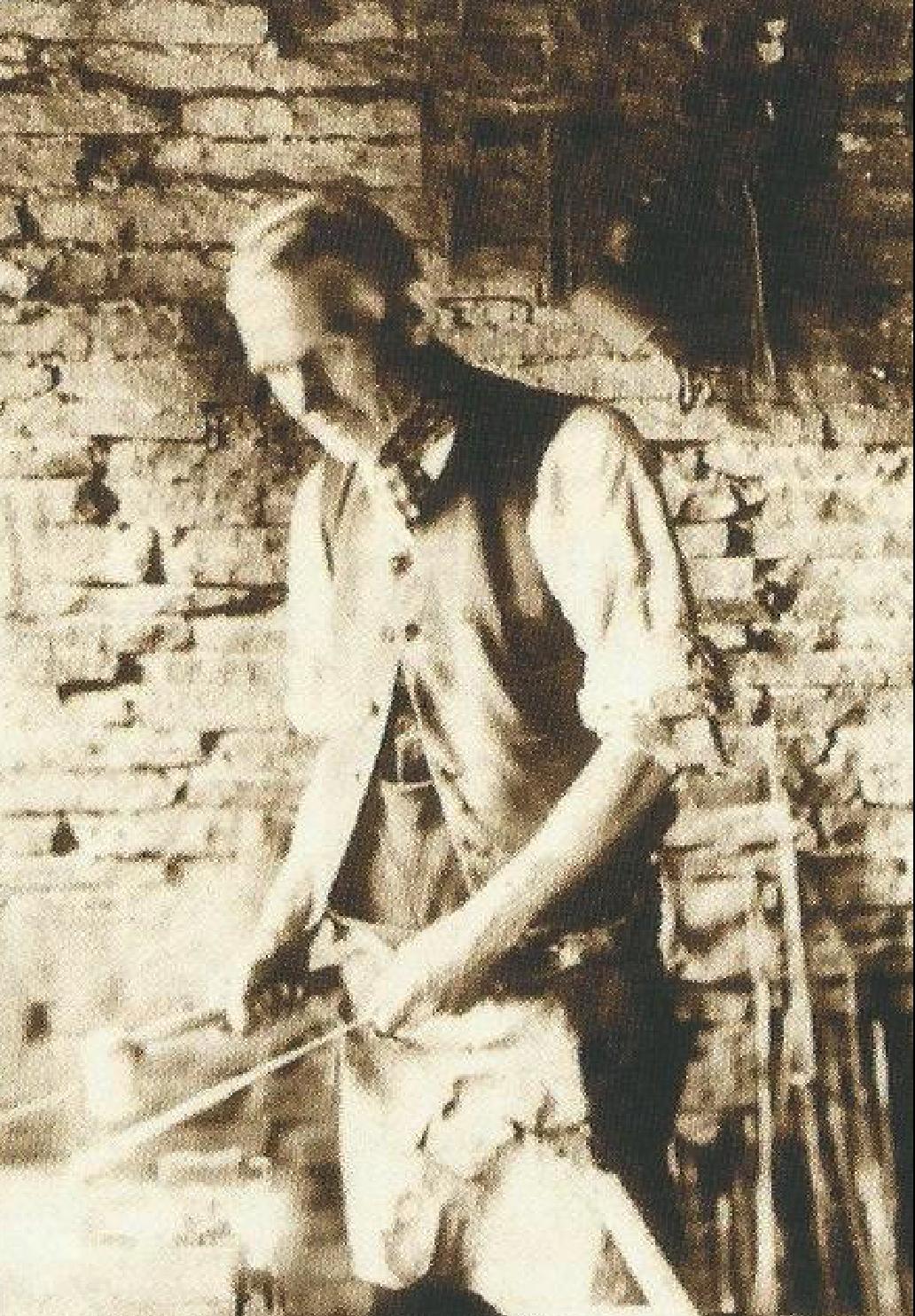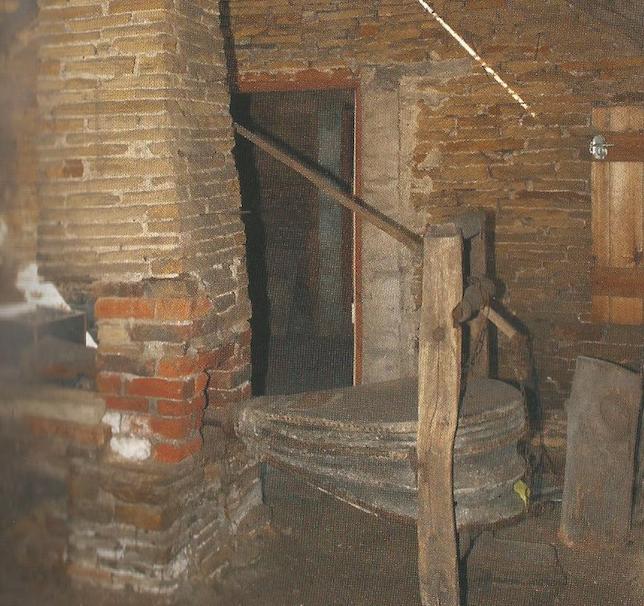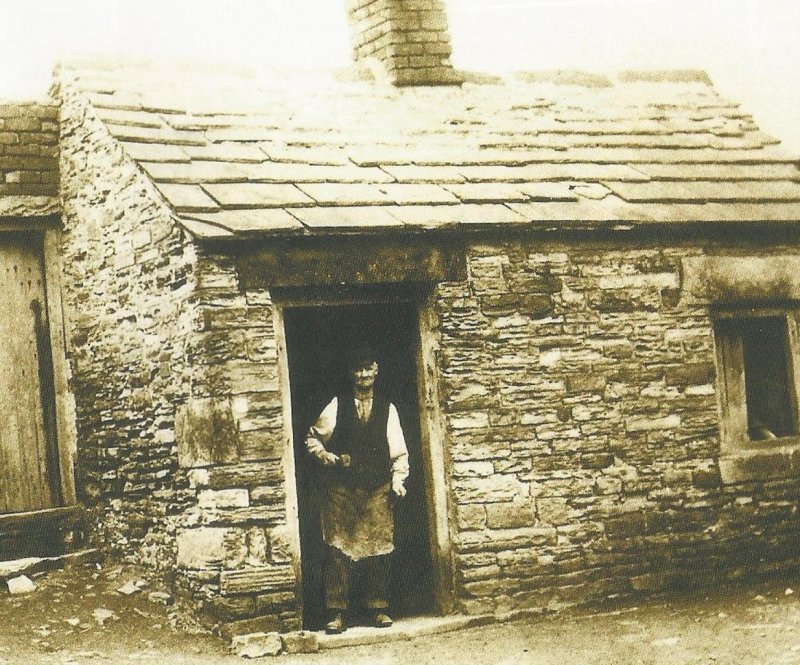IN THE medieval period, nails were hand made in small rural workshops next to workers’ cottages.
Such an industry thrived in the village of Hoylandswaine, where by the 18th century, nail makers, if not full-time, would have fitted in forging work in between working in the fields.
Records show that by 1806, there were around 60 nail makers in Hoylandswaine, increasing to 90 in 1851.
But by 1861, this figure had fallen to 53, and by 1891, there were only eight, with young men of the village being lured to the new large mechanised steelworks in Penistone, attracted by better wages and working hours.
By the 1850s, three nail shops were still worked by the Chappell family on Mustard Hill.
They lived in the small cottage next to the forge, with both parents, two of their sons and a daughter working in the forges.
Handmade nails were being forged in the village long after the practice ended in most other areas and Alf Chappell and his son Fred were still working at Hoylandswaine Nail Forge until at least 1911.
Alf, who died in 1913, was the last known full-time nail maker in Hoylandswaine, although son Fred may have occasionally made nails between the wars.
The forge was a rare example of a building that was once a common sight in many villages, and it was designated as grade II listed in 1988.
The present owner of the cottage donated it to the South Yorkshire Industrial Society and it and the adjacent building and forge were restored between 2004-2011 with funding from other sources enabling it to be saved for ever and open to the public on certain days.
Group visits, including educational visits can be arranged by appointment. Interested people should contact Wortley Top Forge on 0114 288 7576.






























